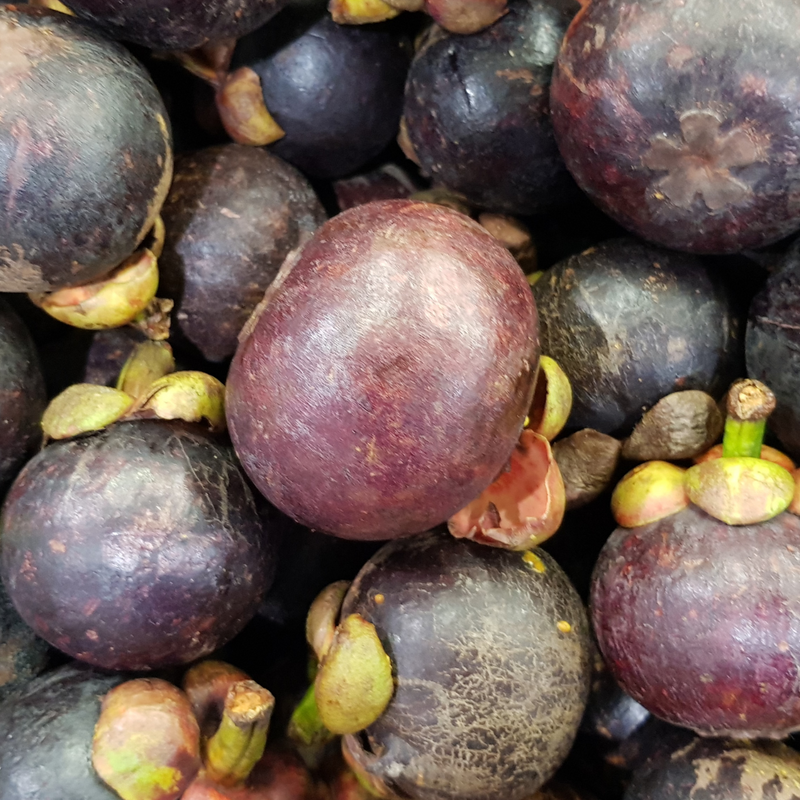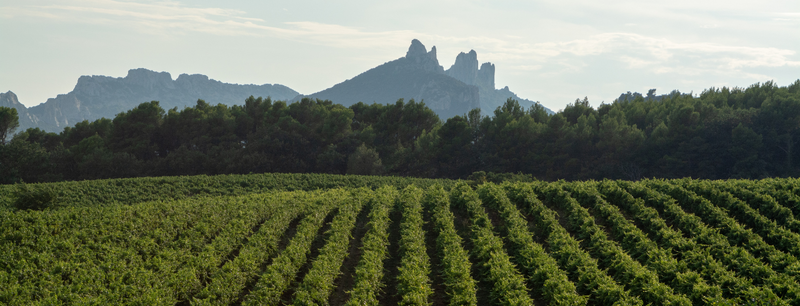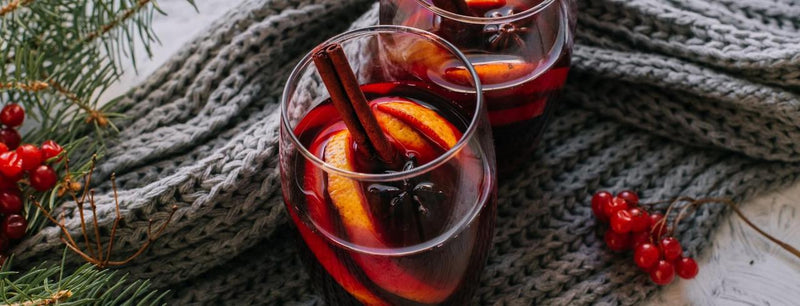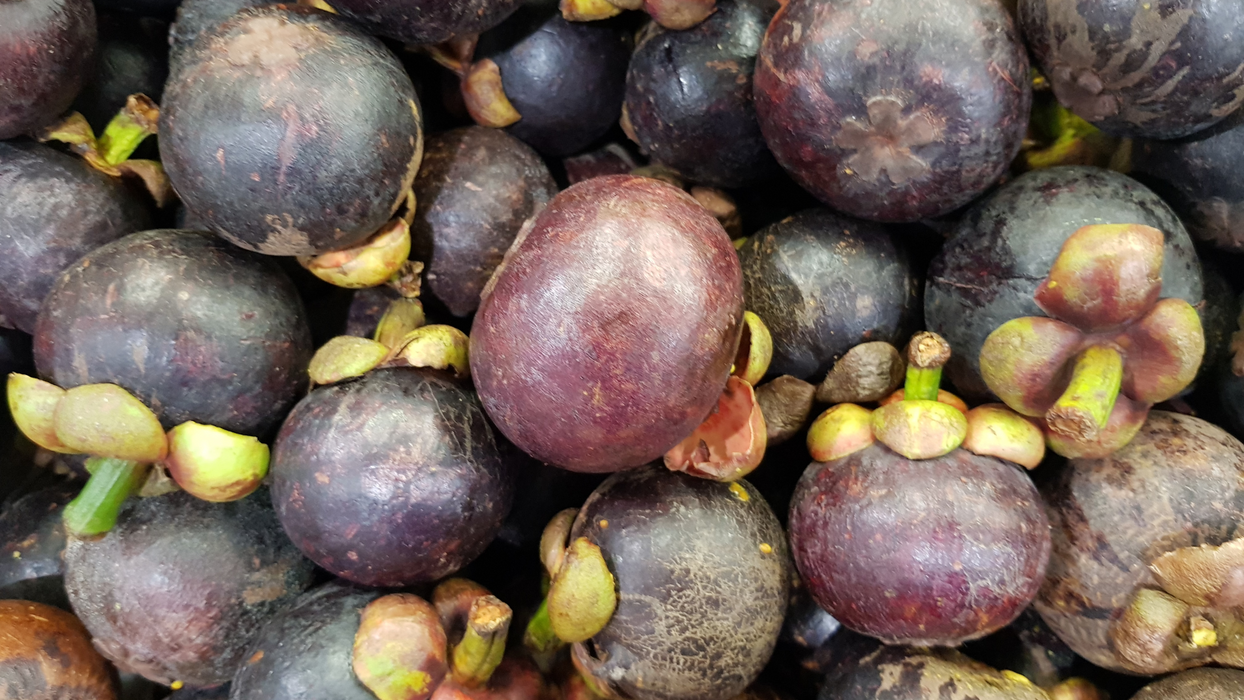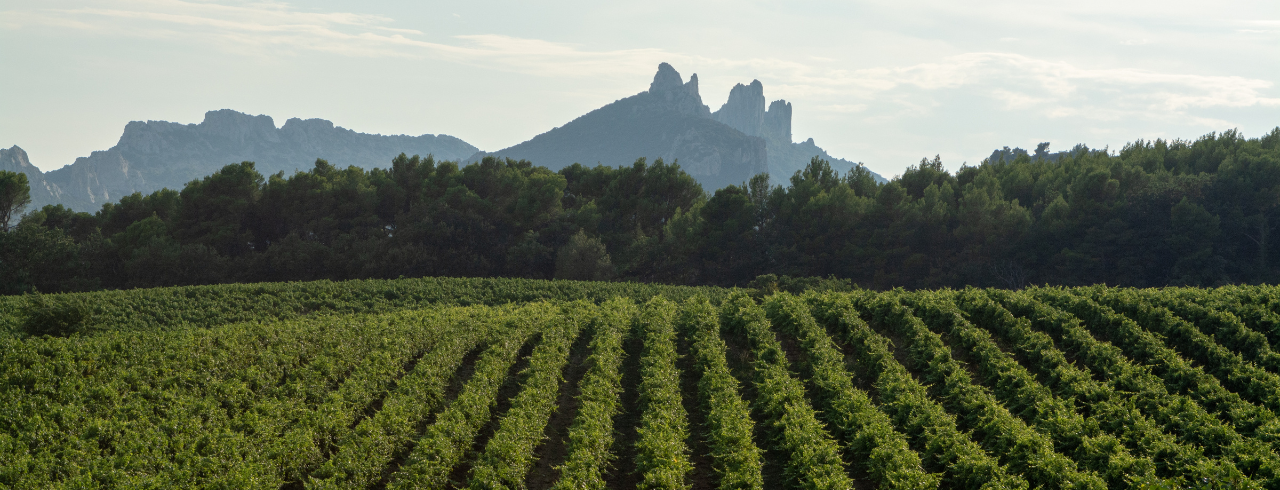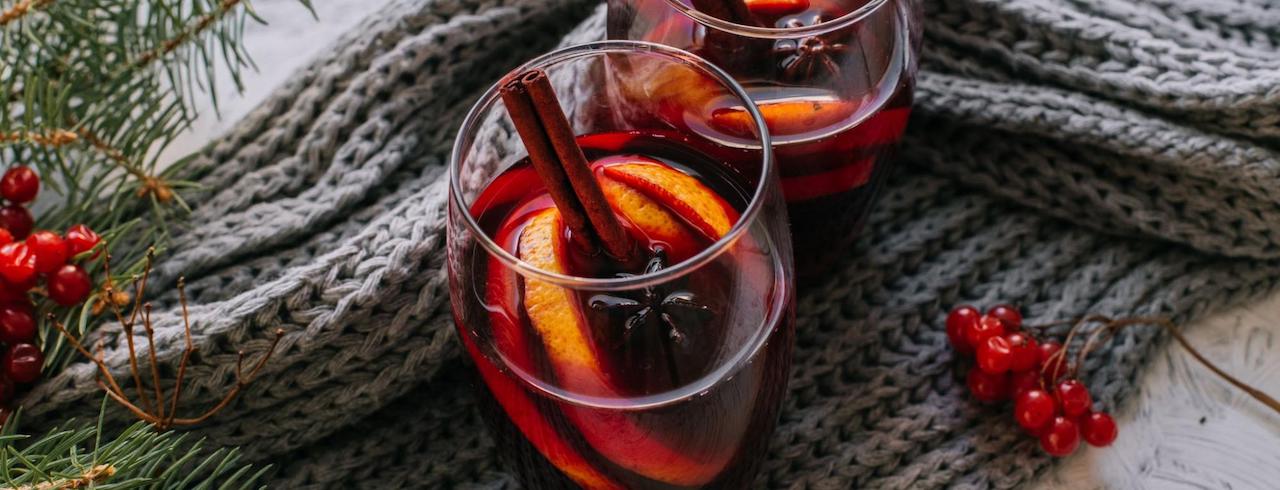
How To Pick A Wine for Beginners
At Wine Insiders, we know that picking a wine can be intimidating -- especially for vino newbies.
With so many producers, regions and vintages, it can seem impossible to find the right wine for every occasion.
Fortunately, you’ve come to the right place -- we have years of experience helping people just like you discover their new favorite wines, all at an affordable price.
Whether you’re looking to impress with the perfect food-wine pairing, start your collection off right or find the ideal champagne for your next celebration, we’ve got the wines, serving tips and pairing essentials you need to knock it out of the park.
Read on for our ultimate guide on How to Pick A Wine for Beginners:
Know The Basics
Before we get into buying varietals and blends, let’s break down the basic types of wine:
Red Wine
Red wines have a high ABV (alcohol by volume) and are tannin-rich, meaning they have a dry and firm texture.
They feature a wide range of flavors and aromas, including:
- Black Fruit: blackberry, black currant, prune
- Red Fruit: cherry, strawberry, raspberry
- Earthy Notes: soil, graphite, dried leaves
- Fun Surprises: coffee, leather, licorice
Popular reds include Cabernet Sauvignon, Pinot Noir, Syrah, Gamay, Merlot, Zinfandel and Malbec.
Learn all about red wine with our Red Wine Guide.
White Wine
White wines have lighter bodies, fruity flavors and a bright acidity that creates a refreshing drinking experience.
They display a beautiful, golden hue and offer delicious flavors and aromas, such as:
- Fruits: pear, apple, peach
- Veggies and Herbs: shallot, sage, lavender
- Fun Surprises: honey, rose, beeswax
Popular whites include Pinot Grigio, Chardonnay, Riesling, Sauvignon Blanc, Moscato, Chenin Blanc and Albariño.
Learn all about white wine with our White Wine Guide.
Rosé Wine
Rosé wines are made similarly to reds, but they spend less time contacting their skins during fermentation.
This critical difference gives these wines their pink color and makes them less tannic and alcoholic than reds -- while also creating their mix of fresh flavors and aromas:
- Fruits: watermelon, cherry, strawberry
- Veggie and Herbs: cucumber, cumin, clove
- Fun Surprises: beeswax, lemonade, rose petal
Sweet Rosé wines include White Zinfandel, White Merlot and Pink Moscato, while drier options often come from Grenache, Sangiovese, Syrah or Pinot Noir grapes.
Learn all about the most popular pink wines with our Rosé Wine Guide.
Sparkling Wine
Fizzy, effervescent and acidic, sparkling wines make for some of the best wine for beginners and complement their exciting personalities with bursts of refreshing flavor and aroma:
- Fruits: apple, pear, lime
- Earthy Notes: smoke, honey, graphite
- Fun Surprises: cream, almond, honeysuckle
Popular sparkling options include Champagne, Prosecco and Cava.
Learn all about sparkling wine with our Sparkling Wine Guide.
Dessert Wine
An after-dinner favorite, dessert wine is sweet and features a higher alcohol content than most types of wine.
Often served in half-size bottles, these sweet wines also come in smaller glasses to better concentrate their array of flavors and aromas:
- Fruits: peach, apricot, lychee
- Veggies and Herbs: Thai basil, rosemary, jasmine
- Fun Surprises: rose petals, vanilla, almond
Popular dessert varietals and blends include sweet Moscato, Riesling, Port, Madeira and Sherry.
Learn all about dessert wine with our Dessert Wine Guide.
Read The Label
Once you know the main types of wine to look for, it’s time to read and understand their labels.
Here are the basic tenets of most wine labels:
Type of Wine
When a winemaker specifies a grape varietal on their label, it serves as a guarantee that 75% of your wine comes from that specific grape.
Producer
In basic terms, a wine producer makes a wine.
As you develop your affinity for specific regions and varietals/blends, you’re likely to find yourself repeatedly enjoying bottles from the same producers.
Region of Origin or Appellation
On a wine’s label, you’ll always see its country/region of origin, and you’ll often find an appellation.
Thankfully, determining a wine’s region of origin is usually as simple as it sounds. The label will always list the wine’s home country and will usually specify a home region within that country (Tuscany in Italy, Bordeaux in France, etc.).
For winemakers who take this process one step forward, it is standard to get an appellation: a legally-verified designation of where the bottles in your grape were grown (AVA in the US, DOC in Italy, etc.).
Typically, an appellation guarantees that 75% of the grapes in your wine come from the designated region, though that percentage can vary slightly among countries.
Vintage
A wine’s vintage is the year in which its grapes were harvested.
As a legal verification, just like an appellation, your bottle’s vintage is a guarantee that 85% of the grapes used to produce your wine were harvested during the year displayed on your label.
Alcohol by Volume (ABV)
Your wine’s ABV percentage indicates the level of alcohol in your bottle.
Most wines fall between 10-15% ABV, with whites typically averaging around 10% and reds near 13%.
Wine Insiders Tip: Don’t assume that wine must be expensive to be high-quality. There is a plethora of great wine in the $15-30 range, and Wine Insiders offers a selection of 90+ highly-rated bottles under $20.
Pair Wisely
Now that you know the basic kinds of wine and how to understand their descriptions/key features, it’s time to pair your favorite bottle with a meal.
Here are our wine-food pairing tips:
Red
As tannic, dry wines, reds pair excellently with well-spiced meats, fatty foods and heavier meals.
We recommend matching a bottle of red with:
- Hearty Pasta Dishes
- Beef
- Lamb
- Tomato-Heavy Meals
White
When you enjoy a delicious, crisp glass of white wine, it’s best to accompany it with lighter foods that highlight the acidity and light body of the varietal or blend.
We recommend matching a bottle of white with:
- Lighter Pasta Dishes
- Seafood
- Salad
- Soft and Creamy Cheese
Rosé
Lighter Rosé typically pairs best with lighter meals that will accentuate its flavor without overwhelming the wine.
Conversely, heavier Rosé will work better with sturdier meals, similar to red wine.
We recommend matching a bottle of Rosé with:
- Seafood (Lighter Rosé)
- Pizza (Lighter or Heavier Rosé)
- Salads (Lighter Rosé)
- Barbecue Meats (Heavier Rosé)
Dessert
Sweet wine works excellently with sweet or creamy dishes that won’t be overwhelmed by its sugar.
We recommend matching a bottle of dessert wine with:
- Cakes
- Puddings
- Creamy Cheeses
- Fruits
Sparkling
Sparkling wines often have similar personalities to whites, but their bubbles add excitement that alters their ideal pairings.
We recommend matching sparkling vino with:
- Shellfish
- Fried Food
- Your Favorite Kind of Cheese
- Duck
Refine Your Taste
Arguably the most enjoyable part of getting into wine is following your nose and taste buds to discover the bottles, regions and vintages that speak to you.
Whether you want your wine to transport you to the rolling hills of Tuscany or to remind you of a weekend trip to sunny Napa Valley, the bottles and cases you explore will help you find the flavors and aromas that bring you joy.
Our advice is to find and accumulate the varietals and blends you love while allowing room to expand your palate and leave your vino comfort zone.
If you have grilled fish with a salad for dinner, stick with a bottle of white, but perhaps opt for more adventurous choices, like an acidic Riesling or refreshing Albariño rather than your standard Chardonnay or Sauvignon Blanc.
Similarly, if you have a summer barbecue cookout, consider opening an exciting, fruity bottle of Zinfandel or an Old World, Italian Sangiovese rather than your go-to Cabernet Sauvignon.
While there’s nothing wrong with sticking to your favorites, the wine world overflows with exciting and delicious possibilities.
You won’t be able to try everything, but we hope you’ll learn to love and enjoy as many kinds of wine as you can.
Wine Insiders and You
Now that you know the essentials of picking a wine, it’s time to explore Wine Insiders’ diverse collection of delicious wines!
We curate our wine selection to fit the taste and needs of all wine lovers, regardless of preference, budget or level of experience.
From gift sets curated by wine and food masters like Martha Stewart and Geoffrey Zakarian to 6 and 12-bottle wine sets to introduce you to Old and New World wine regions alike, we have the selection you need to take your wine game to the next level.
For more information about wine, storage and more - check out our full library of Wine 101 Guides!
